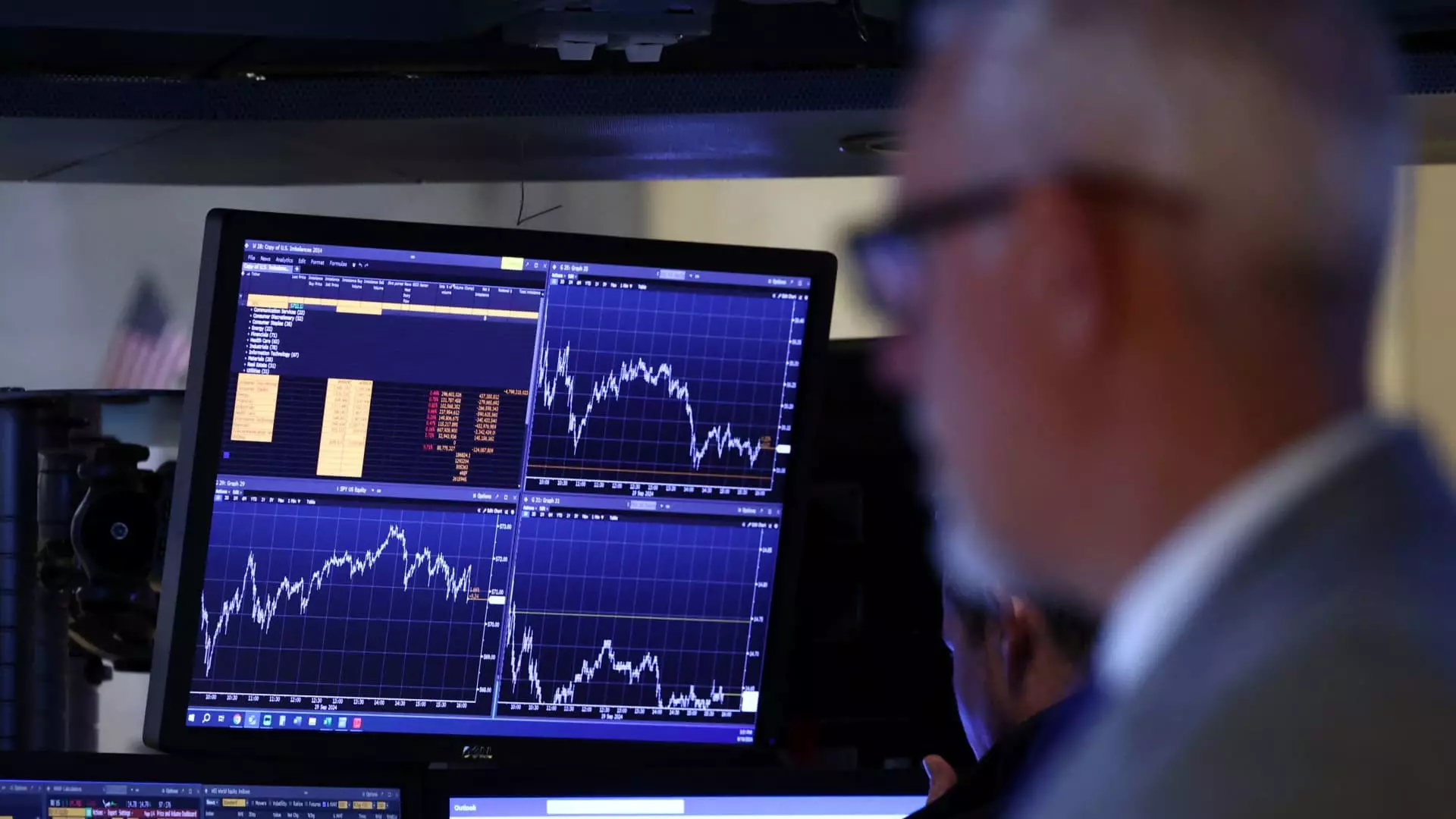The recent decision by the Federal Reserve to lower interest rates by half a percentage point has sent ripples through the investment community, prompting a critical reassessment of prevailing portfolio strategies. This marks a pivotal moment, considering it is the Fed’s first rate cut in over four years, indicating a significant shift in monetary policy. As the economic landscape becomes increasingly complex, investors must adapt by reconsidering the composition of their portfolios, especially in light of changing interest rates and the potential impacts on various asset classes.
In light of these developments, leading investment figures, such as Jan van Eck, emphasize the importance of strategic asset allocation. Van Eck advises investors to critically analyze their equity holdings, particularly in relation to anticipated economic cycles. The risk of solely relying on large-cap stocks like those in the S&P 500 is becoming increasingly apparent. With the index showing an uptick of 1.4%, it’s essential to question whether this gain reflects long-term stability or merely a temporary boost in an unpredictable market. A diversified approach, incorporating a range of equities—including small-cap stocks—may yield more favorable outcomes as interest rates continue to evolve.
Analysts like Jon Maier from J.P. Morgan Asset Management suggest that small-cap stocks may hold a competitive edge in a declining interest rate environment. The Russell 2000 index, which focuses on smaller companies, recorded a 2.1% increase, showcasing its resilience compared to its larger counterparts. With expectations leaning toward a prolonged easing cycle, the financial prospects of these nimble enterprises appear promising. Investors might benefit from leaning into these smaller companies, as they often respond more dynamically to changes in fiscal policy and economic growth trends.
Moreover, the broader investment climate suggests a reconsideration of cash holdings. Although high returns on money market funds are currently attractive, Maier posits that funds are likely to circulate back into more stable fixed-income investments, such as bonds. With approximately $6.5 trillion parked in money market accounts, the shift toward longer-duration fixed income could herald a new trend in risk management and yield generation, emphasizing the importance of responsiveness to macroeconomic signals.
Van Eck also highlights the looming issue of the federal deficit as a critical factor influencing investment decisions. The ability of the government to sustain economic stimulation amidst a growing deficit raises questions of sustainability and market stability. In such an environment, traditional hedging strategies, including investments in gold and cryptocurrency like bitcoin, may become increasingly appealing. These assets can provide a buffer against inflation and uncertainty, making them integral components of a well-rounded portfolio in turbulent times.
Ultimately, the evolving economic landscape necessitates an adaptable investment approach. By rethinking portfolio strategies, investors can navigate the uncertainties ahead with greater confidence. As interest rates fluctuate and economic indicators shift, being prepared to adjust asset allocations will be key to capitalizing on new opportunities and mitigating potential risks. Embracing a diverse investment strategy that includes a mix of equities, fixed income, and alternative assets like gold and bitcoin could very well define successful investment practices in the coming year.


Leave a Reply